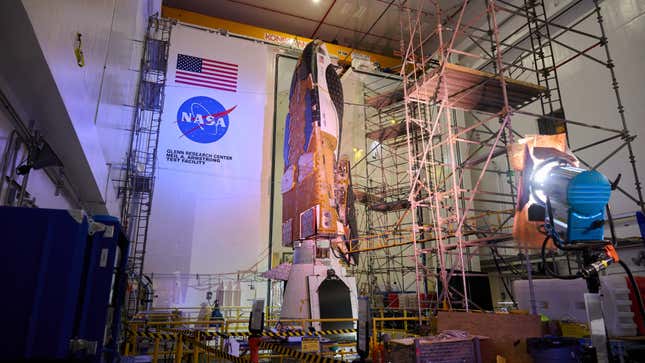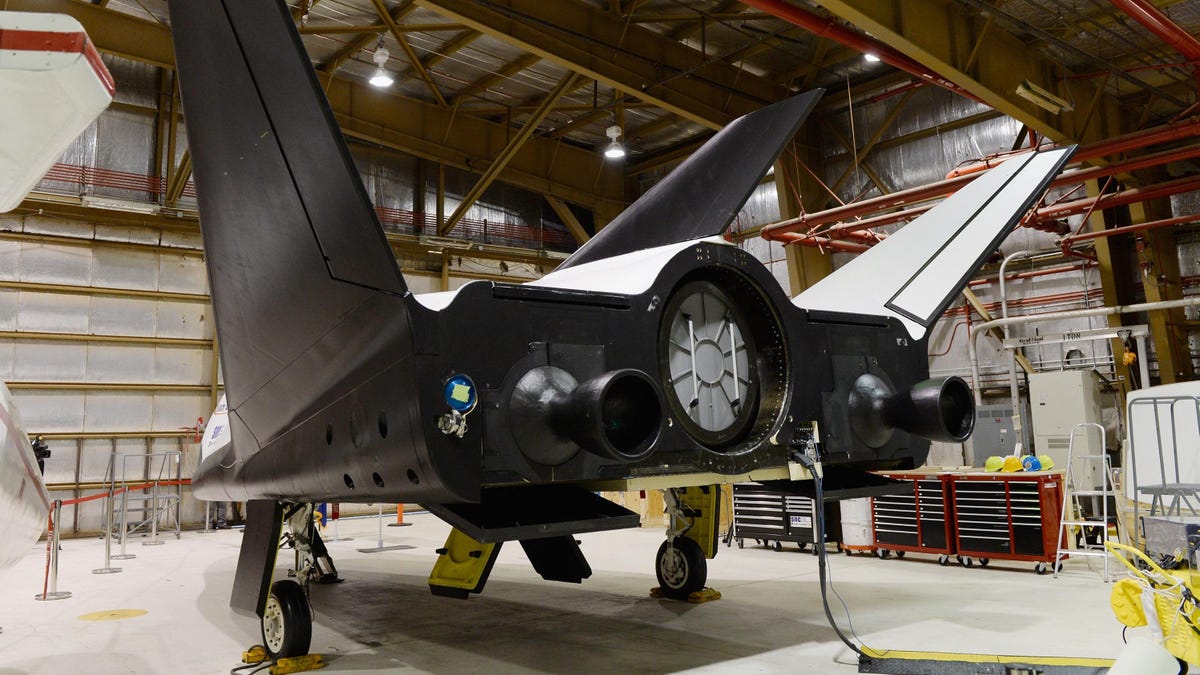The private race to space basically has two main parties right now, there’s the Elon Musk-backed SpaceX, which regularly ferries supplies and satellites around for Nasa, and the Jeff Bezos-funded Blue Origin, which is the space travel agent of choice for the rich and famous. Now, there’s a third private space flight firm that’s almost ready to take to the skies, and its choice of spaceship is slick.

Sierra Space has been quietly working away in the background on its own means of transporting people and goods into space, reports Futurism. To do this, it’s been creating the Tenacity spaceplane, which is the first space-ready version of the Dream Chaser ship that was unveiled in 2015.
Tenacity looks straight out of “Interstellar,” and features two engines at the rear, some aerodynamic-looking wings and a black and white aesthetic that is straight off the original Nasa Space Shuttle. Basically, it looks slick.
The craft you see here, however, is much more than just a model. Instead, it’s a fully-formed ship that’s about to undergo final testing before it takes to the skies. The 55-foot craft must prove that it’s built to withstand the forces of its launch atop a United Launch Alliance’s Vulcan Centaur rocket, as well as the glide back to Earth following the completion of its mission. Futurism reports:
“All the testing we’ve done over the last six years as well developmental testing, all the autonomy and aerodynamics — the remaining testing is the environmental testing of what the vehicle will see on the launch pad during the Vulcan ride up,” Sierra Space CEO Tom Vice told reporters during the event last week, as quoted by Space.com.
“The testing is associated with replicating the environment of space, the vacuum of space; that’s going to be done in the thermal vac chamber,” he added.

If the craft passes all those tests, the next stage of its development will be an unmanned mission to the International Space Station. There’s no date set for that just yet, but Futurism reports that Sierra Space is targeting a launch to the ISS “in the first half of this year.”
After that, the sky is far from the limit for this awesome little space craft. It could join the ranks of SpaceX and Blue Origin in running missions for Nasa, and could even play a key role in the construction of new space stations floating above Earth.

